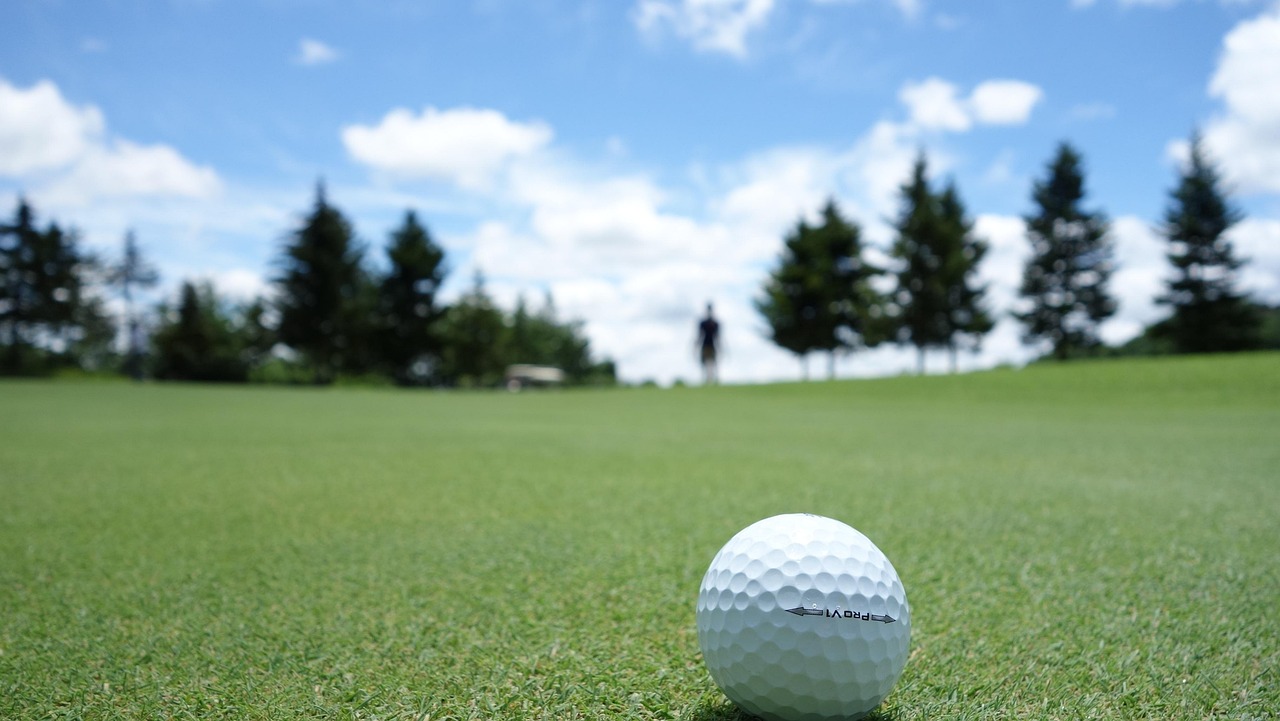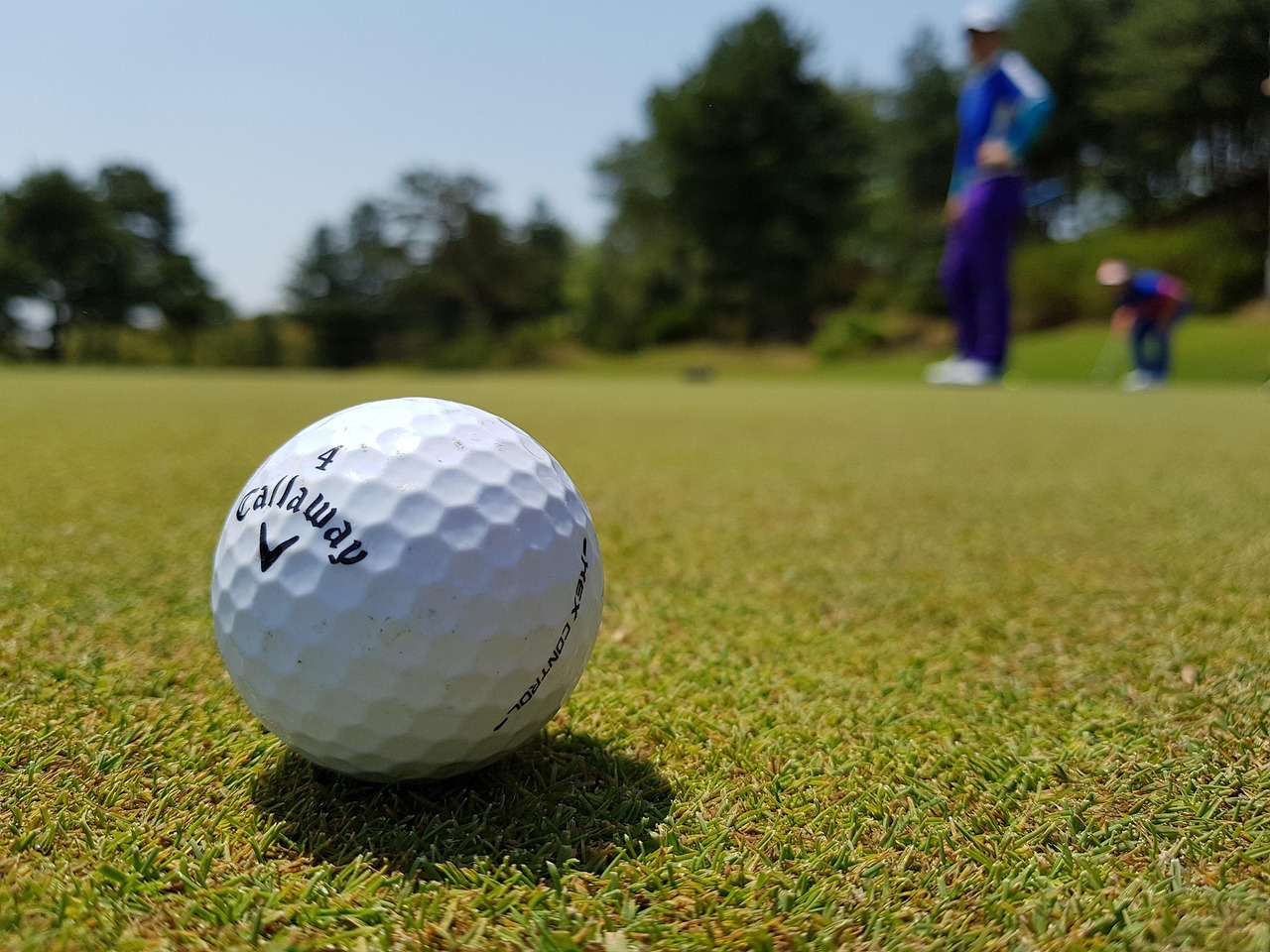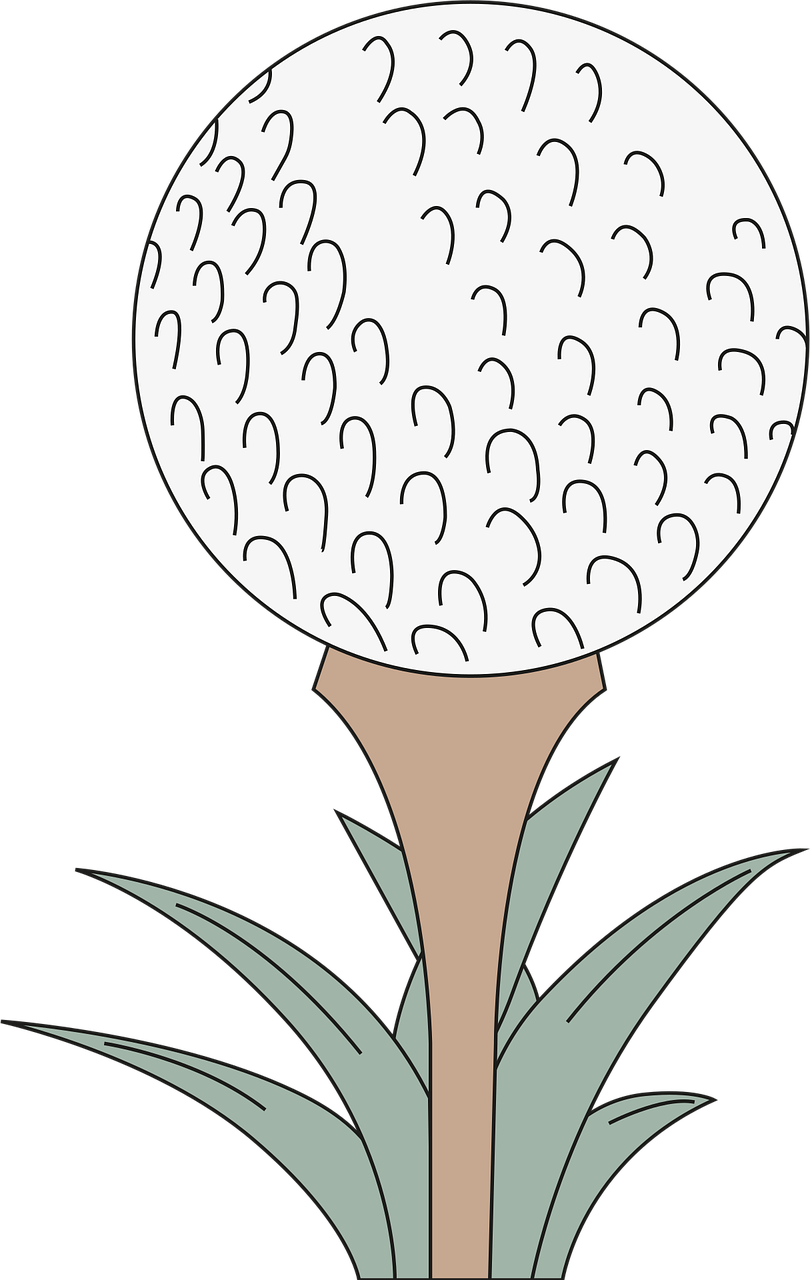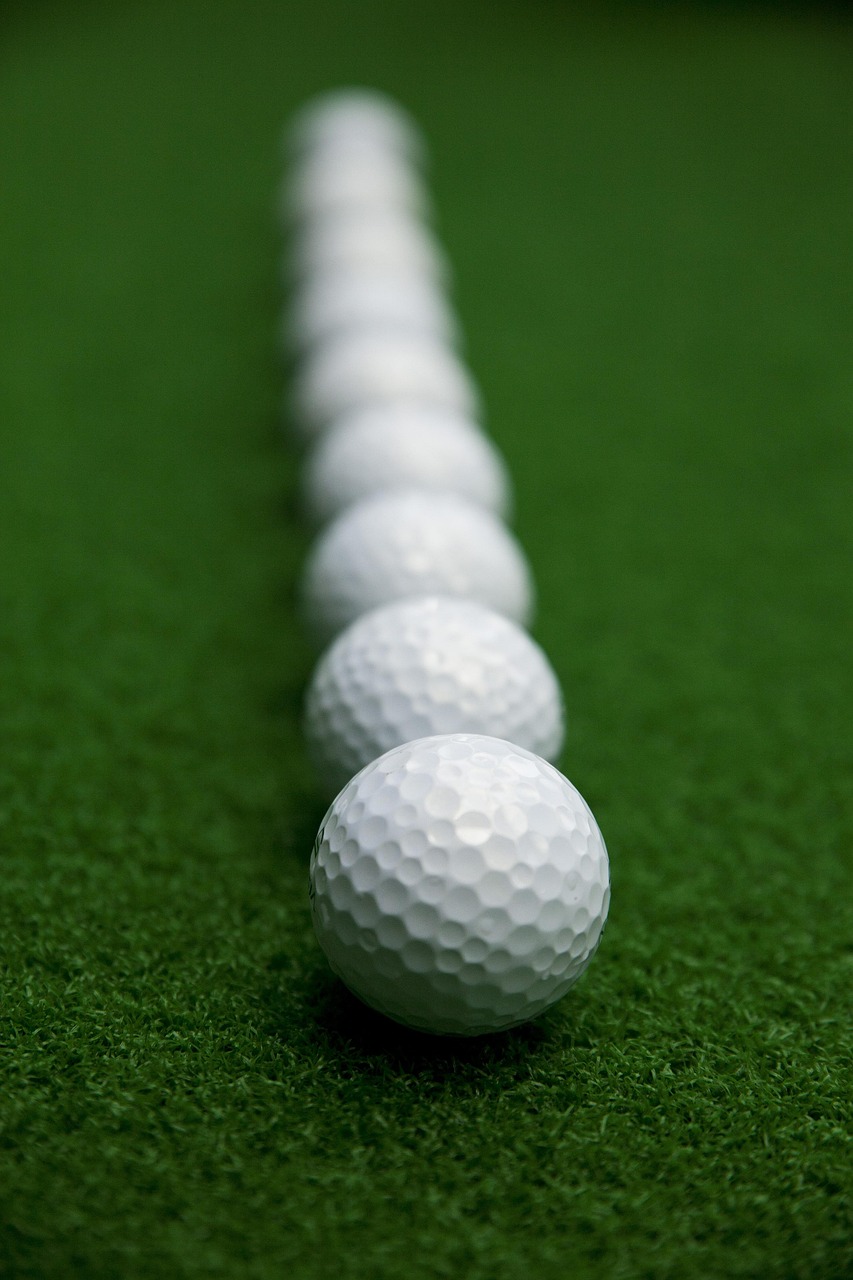Are you having trouble getting consistent distance and feel with your irons and driver because your swing speed is slower than average?

What defines a slower swing speed?
You’ll want to know where your swing speed actually sits before choosing a ball. For most amateur golfers, a “slower” swing speed refers to driver speeds below about 85–90 mph. At that range you generate less ball speed on impact, which changes how compression, launch, and spin interact compared with higher swing speeds.
If you measure your driver speed with a launch monitor or a radar device, and it reads under 85 mph, you should treat that as a slower swing. Even within “slower” categories there are shades — someone at 70–75 mph will benefit from different ball traits than someone at 84–85 mph — so small adjustments matter.
Why ball choice matters for slower swing speeds
You’ll gain or lose significant distance, control, and feel depending on the ball you pick. A ball that’s too firm (high compression) won’t compress enough at impact, which lowers ball speed and leads to reduced carry. Conversely, a ball designed to compress easily can help you launch higher and generate more carry distance.
Beyond distance, the right ball will help you control trajectory and spin around the greens. For slower swings, you often want lower spin on long shots to maximize roll and straighter flight, combined with enough short-game spin to stop shots on the green. Balancing those traits is the real challenge.
Key ball features to look for
You should focus on a handful of ball characteristics that matter most for slower swing speeds. Each characteristic affects your feel, distance, and control in different parts of the bag.
Compression
Compression measures how much the ball deforms at impact. Low-compression balls (typically 30–70 on common scales) compress more easily, which helps players with lower clubhead speeds generate more ball speed. If your swing speed is slow, you’ll usually benefit from low- to mid-compression options.
Cover material (urethane vs ionomer)
You’ll see two common cover materials: urethane and ionomer. Urethane covers (found on softer, higher-performance balls) offer more greenside spin and better feel, but can be pricier. Ionomer covers (found on many two-piece distance balls) are durable and lower spin on long shots, which can help reduce hooks and slices for slower swings.
Construction (two-piece vs multi-layer)
Two-piece balls are usually built for maximum distance and durability with low spin off the driver. Multi-layer (three-, four-, or five-piece) balls give more spin modulation — low spin on long shots, more spin on short-game shots. If you need help off the tee and from the fairway but still want decent short-game performance, a softer multi-layer ball or a higher-performing two-piece might be ideal.
Launch and spin
You’ll generally want a ball that helps you achieve a higher launch with moderate spin. Higher launch maximizes carry for slower swingers. Too much spin can balloon and reduce distance; too little spin can reduce control.
Feel and feedback
Soft feel tends to help with short game touch and confidence around the greens. Many slower swing players prefer very soft balls because they feel better on impact and provide improved stopping power on chips and pitches.
Durability and price
If you lose a lot of balls or play on abrasive surfaces, durability may trump subtle performance differences. Low-cost, low-compression balls give good value and are often forgiving. If you want premium feel and spin, be prepared to pay more.
How to match compression to your swing speed
You should match ball compression to your swing speed to maximize energy transfer. Here’s a general guideline to help you pair a ball compression range with driver speed:
- Driver speed under 75 mph: look for ultra-low compression balls (around 30–50)
- Driver speed 75–85 mph: low to mid compression (40–60)
- Driver speed 85–95 mph: mid compression (60–80)
- Driver speed above 95 mph: higher compression (80+)
These ranges aren’t absolute, but they give you a useful starting point. If you’re uncertain, testing multiple balls at the range with a launch monitor can quickly show which compression range produces the highest ball speed and optimal launch angle for you.

How we recommend testing balls yourself
You can test balls effectively without expensive equipment by following a simple routine. Test on the range and on the course to see real-world results.
- Pick 3–5 balls that target your compression range.
- Hit at least 10 full shots with your driver and 10 with a mid-iron for each model.
- Make notes on perceived launch, carry, feel, dispersion, and green-side behavior.
- If possible, use a launch monitor to compare ball speed, spin, and launch angle.
- Take one ball on-course and play a nine- or 18-hole loop with it to test durability and short-game feel.
Testing multiple balls in consistent conditions will reveal differences that matter to your game.
Top golf balls for slower swing speeds — overview table
You’ll find a variety of options ranging from ultra-soft two-piece distance balls to multi-layer urethane models designed to perform better around the greens. This table summarizes recommended balls for slower swing speeds, with a quick note on why each is a good choice.
| Ball model | Type / Layers | Compression (approx.) | Best for | Why you might choose it |
|---|---|---|---|---|
| Wilson Staff Duo Professional | Two-piece | Ultra-low (~29–40) | Absolute softness & distance | Extremely soft feel, great for very slow swings, high ball speed for low compression |
| Callaway Supersoft | Two-piece | Very low (~38) | Straight distance, soft feel | Low compression, low spin off the tee, easy launch |
| Srixon Soft Feel | Two-piece / soft core | Low (~60) | All-around feel and distance | Balanced distance with soft feel and accessible price |
| Titleist TruFeel / Tour Soft | Two-piece / soft core | Low to mid (~60) | Feel + distance | Titleist engineering for soft feel and consistent flight |
| Bridgestone e6 | Two-piece / low compression | Low (~60) | Low spin & straight flight | Designed for straighter flight and forgiveness |
| TaylorMade Soft Response | Two-piece / soft | Low (~50–60) | Comfort and consistent distance | Emphasizes low compression and easy launch |
| Vice Drive / Vice Pro (Drive is low-compression) | Two-piece / multi | Low | Budget-friendly soft ball | Good value with soft feel and respectable distance |
| Snell MTB Black | Three-piece (urethane) | Low-mid | Performance for moderate speeds | Urethane feel and spin at an accessible price |
| Bridgestone Tour B RX | Multi-layer (urethane) | Mid (~70) | Better players with moderate speeds | Tuned for slightly slower swings with spin and control |
Note: Compression values are approximate and vary by manufacturer and model year. Manufacturer claims and independent tests can differ, so use the table as a practical guide.

Best ball for absolute softness and distance: Wilson Staff Duo
You’ll appreciate how soft the Duo feels from every club. Wilson Staff Duo has one of the lowest compression ratings on the market and is frequently recommended for golfers with very slow swing speeds.
Why you might choose it:
- Incredible soft feel on full shots and around the greens.
- Low compression helps maximize ball speed from slow swings.
- Very affordable compared with premium urethane balls.
What to expect:
- Excellent initial ball speed and carry at very low swing speeds.
- Limited greenside spin compared with urethane multi-layer balls, but still plenty of control for most amateurs.
Best overall value for soft feel: Callaway Supersoft
If you want consistent, soft performance without breaking the bank, you’ll like the Callaway Supersoft. It provides a forgiving flight and gentle feel at impact.
Why you might choose it:
- Very low compression tuned for distance and soft feel.
- Low spin on longer shots to reduce sidespin and keep shots straighter.
- Competitive price for frequent players.
What to expect:
- Easier launch and longer carry for slower swings.
- Less short-game spin than urethane balls, but easier to control for chippers and pitchers.

Best balance of performance and price: Srixon Soft Feel
You’ll find Srixon Soft Feel to be a nicely balanced ball — soft enough to suit slower swings but with a level of control that helps your short game.
Why you might choose it:
- Balanced performance in distance, feel, and spin.
- Good value compared with premium tour balls.
- Trusted engineering for consistent flight.
What to expect:
- Smooth feel on full shots and a reliable trajectory.
- Decent greenside control for a two-piece style ball.
Best for straighter flight: Bridgestone e6
If you have a tendency to slice or hook and need help keeping the ball straighter, you’ll want to consider the Bridgestone e6.
Why you might choose it:
- Designed to reduce side spin and deliver a straighter ball flight.
- Low compression and easy launch for slower swings.
- Solid durability and consistent performance.
What to expect:
- Straighter carries with less curvature.
- A softer feel than many distance balls but less spin around the green than urethane balls.

Best for premium feel on a modest budget: Snell MTB Black
If you want urethane-like feel without the top-shelf price, you’ll like the Snell MTB Black. It’s aimed at players who want more spin and feel but don’t want to pay tour-ball prices.
Why you might choose it:
- Urethane cover for better short-game spin and feel.
- Tuned compression suitable for moderate to slower swing speeds.
- Excellent performance-to-cost ratio.
What to expect:
- Improved stopping power around the greens relative to ionomer balls.
- Slightly less distance than the softest two-piece options at very low speeds, but better control overall.
Best for moderate players who want more spin: Bridgestone Tour B RX
If your driver speed is in the upper range of “slower” (roughly 80–90 mph) and you want more short-game spin without sacrificing too much distance, you’ll benefit from the Tour B RX.
Why you might choose it:
- Multi-layer construction tuned for players with slightly slower speeds.
- Urethane cover provides excellent greenside spin.
- Engineered to produce lower spin on long shots while offering spin on short shots.
What to expect:
- Better control and spin on approaches and chips.
- Slightly firmer feel than soft two-piece balls, but often preferred by better amateurs.
How to choose between urethane and ionomer for your game
You’ll make trade-offs depending on whether you choose urethane or ionomer covers.
- Choose urethane if you value short-game spin and premium feel. Urethane gives you more bite on chips, pitches, and full wedge shots, making it easier to hold greens.
- Choose ionomer if you want low cost, durability, and straightforward distance with reduced long-game spin. Many slower swingers get their best results from soft ionomer two-piece balls that maximize carry and forgiveness.
If you’re unsure, consider a urethane three- or four-piece ball only if your swing speed and contact consistency are good enough to take advantage of the extra spin. Otherwise, a soft two-piece ionomer ball often produces the best overall numbers.
Common myths and mistakes to avoid
You should watch out for a few persistent myths that can mislead your ball choice.
- Myth: Softer balls always lose distance. Reality: For slower swings, soft balls often produce more ball speed and therefore more distance. Firm balls may undercompress and reduce distance when swung slowly.
- Myth: Premium tour balls are always better. Reality: Tour balls favor players with faster clubhead speeds and consistent contact. For many slower swingers, a purpose-built low-compression distance ball works better.
- Mistake: Judging by feel alone. Reality: Feel matters, but you should test for carry, launch, and dispersion. The feel that you prefer might not give you the best performance numbers.
Practical on-course testing plan for 2–3 balls
You should test under real conditions. Here’s a simple plan to compare two or three candidate balls:
- On the range, hit 10 drives and 10 mid-iron shots with each ball. Keep conditions similar (same ball in use, similar temperature, same clubs).
- Record your perceived carry, dispersion, and feel.
- Play nine holes with each ball in match-play or alternate-round format so you experience different lie types.
- Note greenside behavior: how the ball checks, how the feel is on chips, and how spin helps or hinders your scoring.
After these tests you’ll have a clearer idea which ball consistently helps you score better.
How weather affects ball selection
You’ll notice that temperature and wind affect ball performance. In cold weather, the ball becomes firmer and compresses less, which further penalizes slower swing speeds. Choosing an already-soft ball helps you maintain ball speed when it’s chilly.
In breezy conditions, lower-spin, lower-launch balls tend to be more manageable. But if you need carry in soft or wet conditions, a higher-launching soft ball may be preferable.
Budget versus performance: how to balance cost
You should be realistic about how often you lose balls and how much you’re willing to spend to gain small performance advantages. Many low- and mid-priced soft balls provide excellent results for slower swings. If you’re curious about premium urethane balls, try a dozen and test them, but don’t assume they’ll automatically be better for your distance.
A recommended approach: stock the bag with a durable, affordable soft ball for most rounds, and keep one or two premium balls in your bag for short-game practice and when you want the extra feel.
Short-game considerations for slower swing speeds
You’ll likely rely on feel more than spin to score around the greens. Soft balls give you more feedback, and urethane covers help you spin your wedge shots and stop them quicker. If you struggle with chipping and pitching, experiment with both ionomer soft balls and urethane covers to see which helps you control trajectory and stopping.
Focus on technique first — a soft ball won’t fix poor wedge contact — but the right ball will amplify the improvements you make.
Quick buying checklist for slower swing speeds
Use this checklist to narrow your choices at the store or online:
- Do you know your driver swing speed? (If not, measure it.)
- Are you prioritizing distance, feel, or control around the greens?
- Do you prefer softer feel on every shot, or do you want more spin on short shots?
- What’s your budget per dozen?
- Will you use the ball in cold weather frequently?
Answering these will help you pick a ball category (ultra-soft two-piece, soft multi-layer, or low-compression urethane) and then identify specific models.
Frequently asked questions
You’ll probably have a few common questions — here are helpful answers.
Q: Can a low-compression ball help fix my slice or hook? A: Not directly. A low-compression ball can reduce sidespin slightly because it promotes a straighter launch for slower swings, but it won’t correct major swing path or face-angle issues. Work on swing fundamentals to fix curvature.
Q: Should I use the same ball for the range and the course? A: Ideally, yes. Using the same model for practice and play gives you consistent feel and feedback. If you’re testing, rotate models during practice sessions only.
Q: Are “distance” balls always better for slow swingers? A: Not always. “Distance” balls are tuned for long carry and roll, but many distance balls are too firm for slow swingers. Look specifically for low-compression distance balls.
Q: How many shots do I need to test a ball? A: Hit at least 10 full drives and 10 mid-iron shots for each ball to get reliable results. On-course testing over 9–18 holes provides equally valuable feedback.
Final recommendations and step-by-step plan
You’ll do best if you follow a simple plan to choose your ball:
- Measure your driver swing speed (use a launch monitor or a clubfitting session).
- Pick three balls from the suggested list that match your compression range and priorities.
- Test them on the range with 10+ shots per club and, if possible, with a launch monitor.
- Play 9–18 holes with your top pick to test durability and short-game performance.
- Make your purchase decision based on which model gives you the best combination of carry distance, consistency, feel, and price.
If you need one quick pick to buy right now: for most golfers with slower swing speeds, a soft two-piece ball such as Wilson Staff Duo, Callaway Supersoft, or Srixon Soft Feel is an excellent starting point. If you want more greenside spin and feel as your game improves, consider Snell MTB Black or Bridgestone Tour B RX.
Closing thoughts
You should feel empowered to experiment — the “best” ball depends on your swing, your short-game needs, and what you value most (distance, feel, or control). With a few guided tests and the right compression range, you’ll find a ball that helps you hit longer, straighter shots and improves your scoring consistency.








